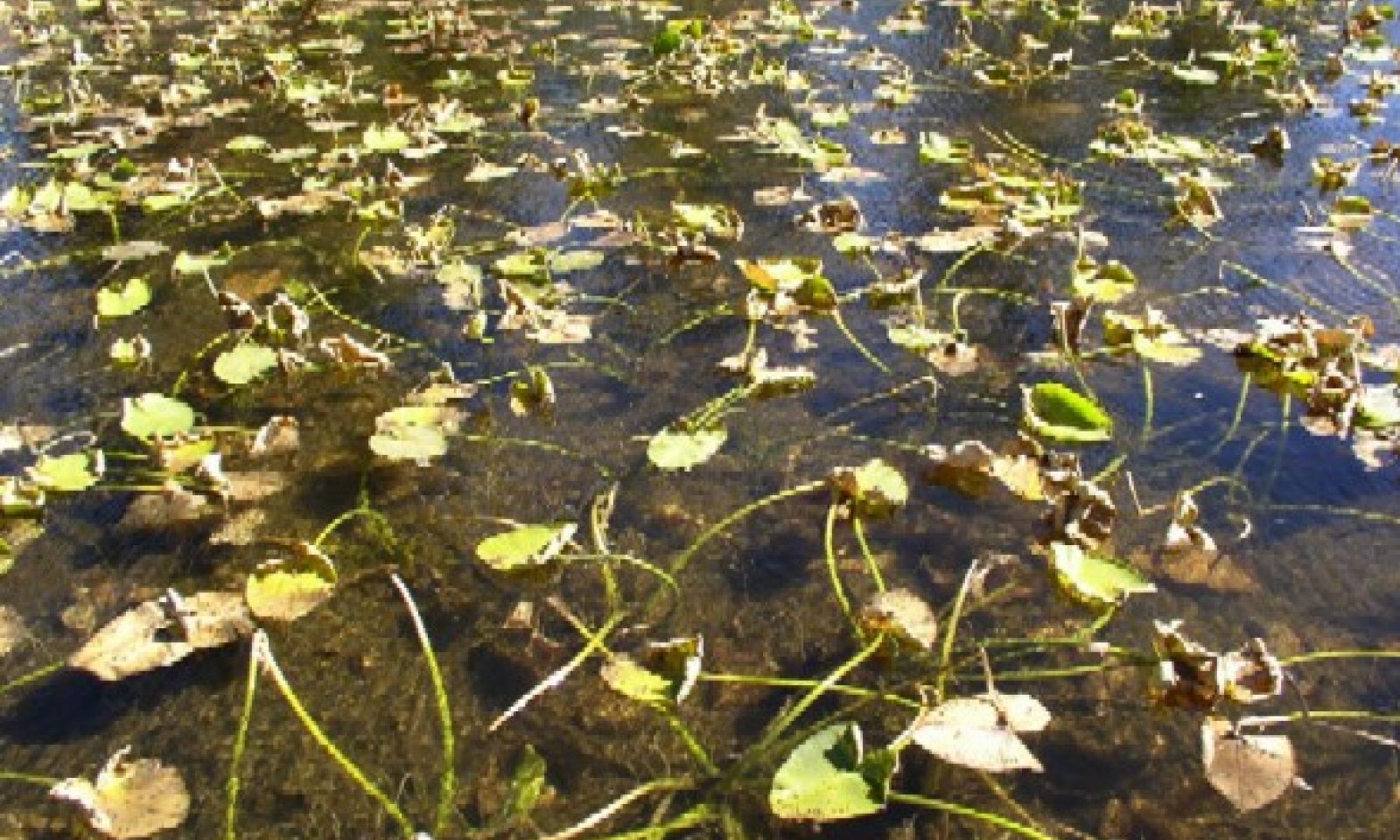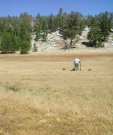
Sphagnum Fen
Scenario model
Current ecosystem state
Select a state
Management practices/drivers
Select a transition or restoration pathway
- Transition T1A More details
- Restoration pathway R2A More details
-
No transition or restoration pathway between the selected states has been described
Target ecosystem state
Select a state
Description
The representative state of this ecological site occurs on sphagnum fens occurring as depressional basins or mound peatlands.
Submodel
Description
This state is characterized by a loss of peat-formation function due to a declining water table. A Rosgen E or G type channel may have developed. The composition of the vegetation community components is altered in this state with a decline in wetter community components (CC1, CC2, and CC5) and an increase in marginal and meadow community components (CC3 and CC4). The degree to which the wetland community types are lost is dependent on the severity of the hydrological disturbance, and the percentages shown in the STM are one example. In this case the aquatic community (CC1) has been lost, while the fen community (CC2) has significantly declined. The discharge slope community (CC5) declines near the lower edge. The fen margin community (CC3) and meadow community (CC4) both increase, with the meadow community now dominant. More severe alterations could result in a loss of the fen and fen margin communities altogether.
Mechanism
This transition occurs with alterations in hydrology that reduce water supply to the fen, inhibiting the accumulation of peat and allowing for expansion of drier vegetation community types.
Model keys
Briefcase
Add ecological sites and Major Land Resource Areas to your briefcase by clicking on the briefcase (![]() ) icon wherever it occurs. Drag and drop items to reorder. Cookies are used to store briefcase items between browsing sessions. Because of this, the number of items that can be added to your briefcase is limited, and briefcase items added on one device and browser cannot be accessed from another device or browser. Users who do not wish to place cookies on their devices should not use the briefcase tool. Briefcase cookies serve no other purpose than described here and are deleted whenever browsing history is cleared.
) icon wherever it occurs. Drag and drop items to reorder. Cookies are used to store briefcase items between browsing sessions. Because of this, the number of items that can be added to your briefcase is limited, and briefcase items added on one device and browser cannot be accessed from another device or browser. Users who do not wish to place cookies on their devices should not use the briefcase tool. Briefcase cookies serve no other purpose than described here and are deleted whenever browsing history is cleared.
Ecological sites
Major Land Resource Areas
The Ecosystem Dynamics Interpretive Tool is an information system framework developed by the USDA-ARS Jornada Experimental Range, USDA Natural Resources Conservation Service, and New Mexico State University.





